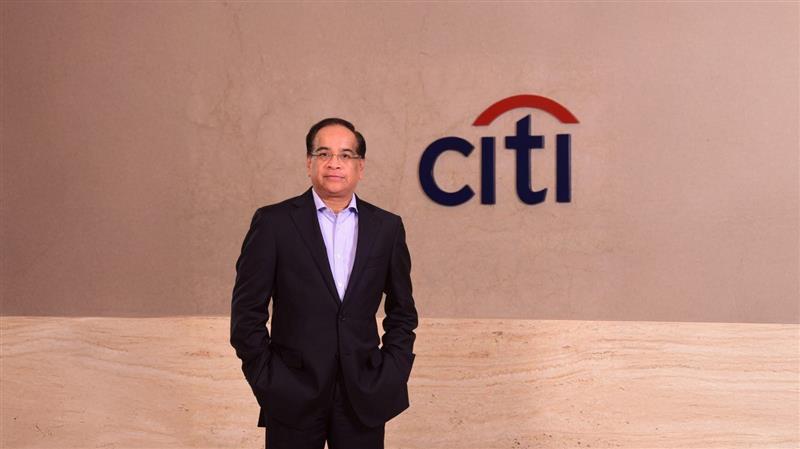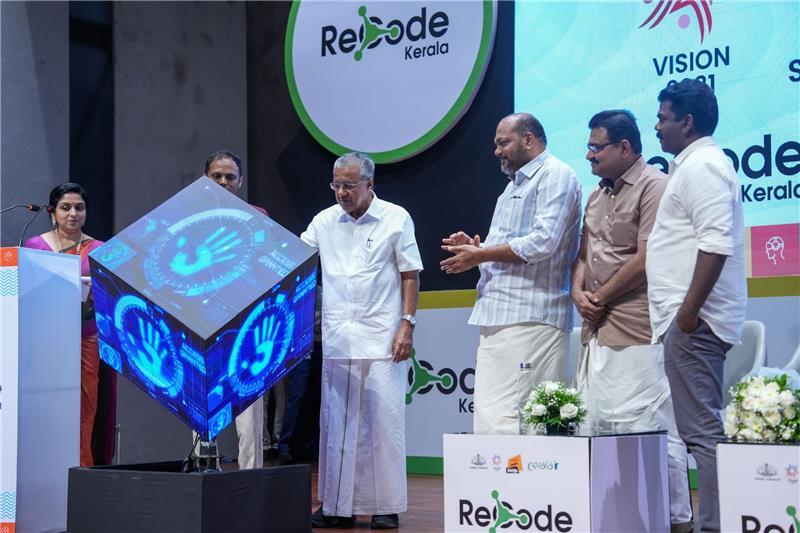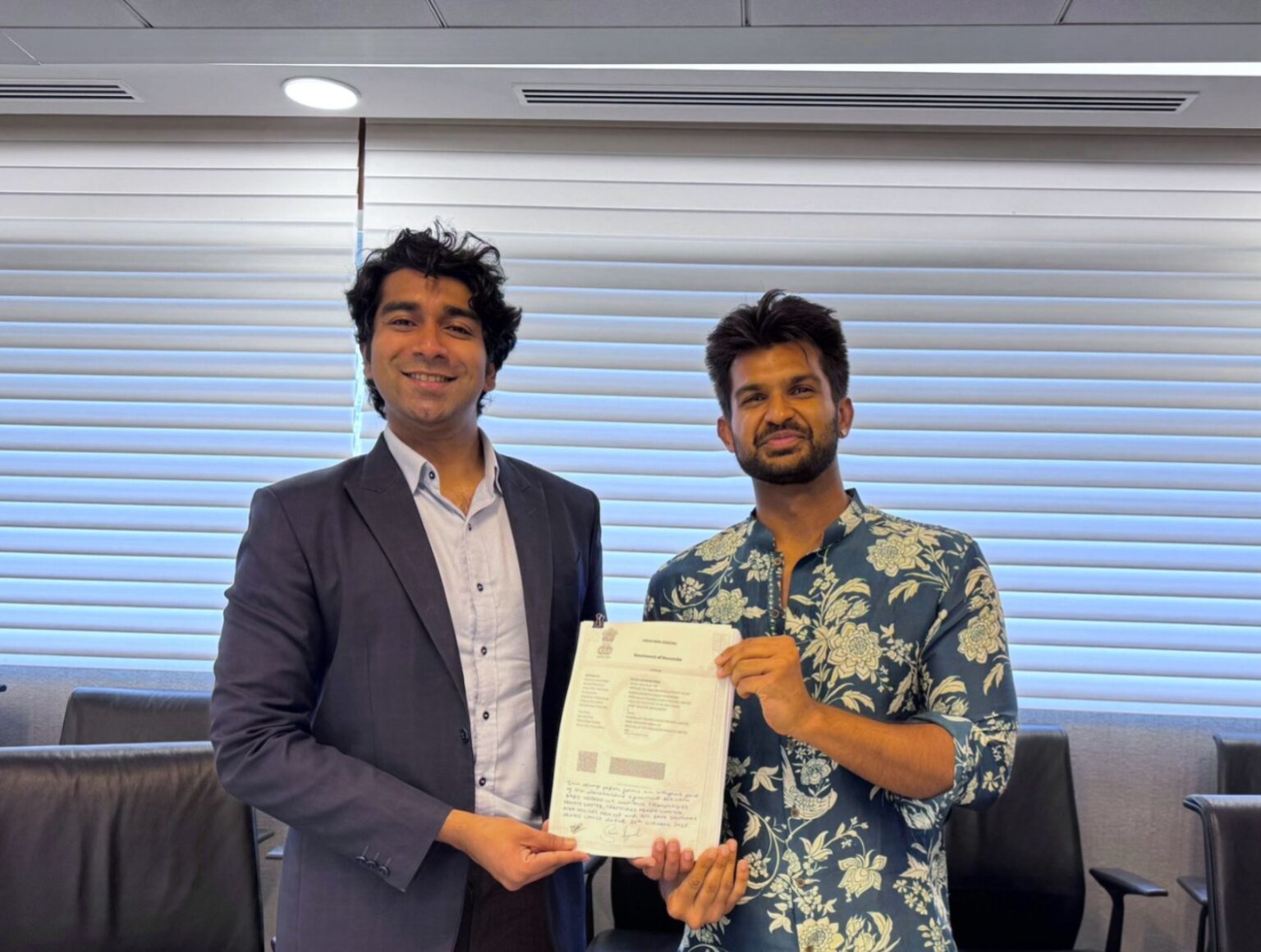Citi’s Indian division is on track to become the bank’s second-largest employer globally, underscoring the country’s growing role in the financial giant’s global operations. This surge is primarily powered by Citi’s Global Capability Centers (GCCs), which have become vital to the company’s innovation and technology strategy.
GCC Footprint in India
Citi was among the early multinational banks to recognize India’s potential in the GCC ecosystem. Established in 1990, Citi’s GCCs—operating under the Citi Service Center (CSC) banner—are spread across Chennai, Pune, Bengaluru, and Mumbai.
Today, these centers employ over 33,000 professionals, supporting Citi’s operations across more than 80 countries. The scale and sophistication of these centers have positioned India as a cornerstone of Citi’s global network.
Strategic Role of GCCs
Citi’s GCCs have evolved from back-office support units into strategic global hubs. They now handle complex business processes, risk management, compliance, and emerging technology initiatives.
“Several colleagues have even created their own patents in artificial intelligence (AI). Close to 50% of our people at GCCs are doing high-tech work,” said K. Balasubramanian, CEO of Citi India Subcontinent Sub-cluster and Banking Head.
This reflects how Citi’s India centers are leading the transformation from operational efficiency to innovation leadership.
AI Integration and Digital Transformation
Artificial Intelligence has become a cornerstone of Citi’s next growth phase. Each member of Citi’s Executive Management Team (EMT) has been tasked to identify top five problem areas where AI can deliver significant impact.
This initiative reinforces Citi’s focus on using AI to improve client experience, streamline operations, and enhance decision-making—and much of this innovation is being driven from India’s GCCs.
India’s Rising Strategic Importance
India’s role in Citi’s global operations continues to grow rapidly. According to Balasubramanian, the bank is still adding headcount in India, reflecting the country’s strategic significance compared to other markets.
The ongoing divestment of Banamex, Citi’s retail arm in Mexico, is also expected to make India the bank’s second-largest workforce hub globally by 2026.
GCCs as Engines of Innovation
Citi’s example highlights how GCCs are no longer limited to support roles—they are now innovation engines driving digital transformation for global enterprises.
India’s well-established ecosystem of skilled professionals, coupled with a focus on technology and process innovation, continues to make it the preferred destination for global capability centers across industries.
Conclusion
Citi’s India journey represents the evolution of GCCs from cost-saving units to strategic global enablers. With 33,000 professionals driving AI-led innovation and supporting global operations, Citi’s GCCs are redefining what it means to operate a truly global bank from India.
As India’s GCC landscape matures, Citi stands as a powerful example of how global enterprises can harness local talent to achieve global impact.
Visit Our News section and follow us on LinkedIn and Twitter
Read more full news: Here







